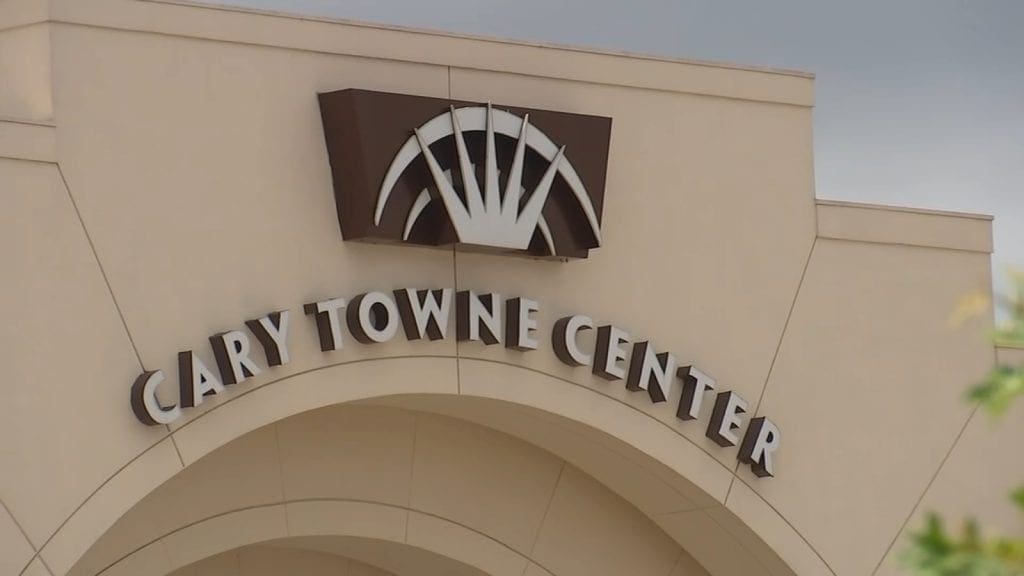Spacewalks outside the ISS are back on for NASA after a seven-month suspension.
U.S. spacewalks came to a stop on March 23 after an ESA astronaut, Matthias Maurer, experienced a greater-than-usual accumulation of water within his helmet during a nearly seven-hour trip.
The investigation by the agency is now complete, and they have determined that the leak was not the result of hardware failure. NASA authorities determined that the water was condensation created by Maurer’s extravehicular mobility unit (EMU) spacesuit’s cooling setting and his extreme levels of physical exercise.
Crew Safety Is Top Priority For NASA
With this new data in hand, the agency has given the green light to resume regular spacewalks, the next of which is scheduled for the middle of November.
It required some time to bring Maurer’s spacewalk equipment back to Earth for examination, which contributed to the investigation’s length.
NASA officials confirmed that water samples and spacesuit components had returned to Earth on the March 30 return of a Russian Soyuz spacecraft and the May 6 return of the Dragon capsule that carried SpaceX’s Crew-3 crew mission. However, Maurer’s EMU suit did not return to Earth until August 20th, having been transported to the ISS by SpaceX’s Dragon for the company’s CRS-25 robotic supply mission.
Extensive analysis of this equipment allowed for a diagnosis and a solution that met NASA’s approval. Maurer’s ordeal brought to mind the 2013 July spacewalk of European Space Agency astronaut Luca Parmitano, during which water accumulated in his helmet.
But Parmitano had to cope with significantly more water; it covered much of his face, forcing the astronaut to curtail his spacewalk short and return to the orbiting station. It was a risky scenario. In zero gravity, water droplets stick to your face and obstruct your airway. And when it gets into your space helmet, you will not be able to just wipe it away.
A further key distinction was that Parmitano’s helmet leaked, rather than being filled with moisture.



